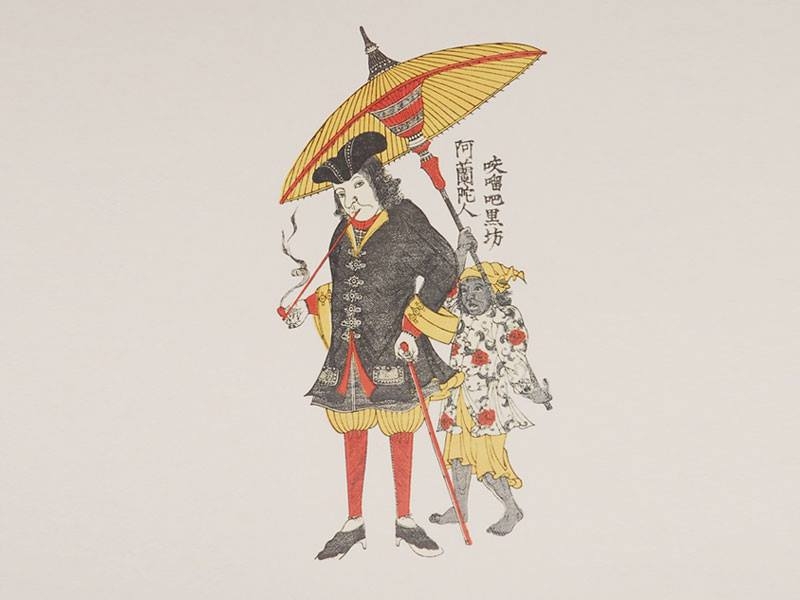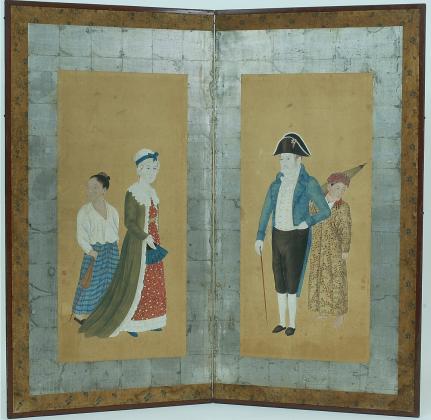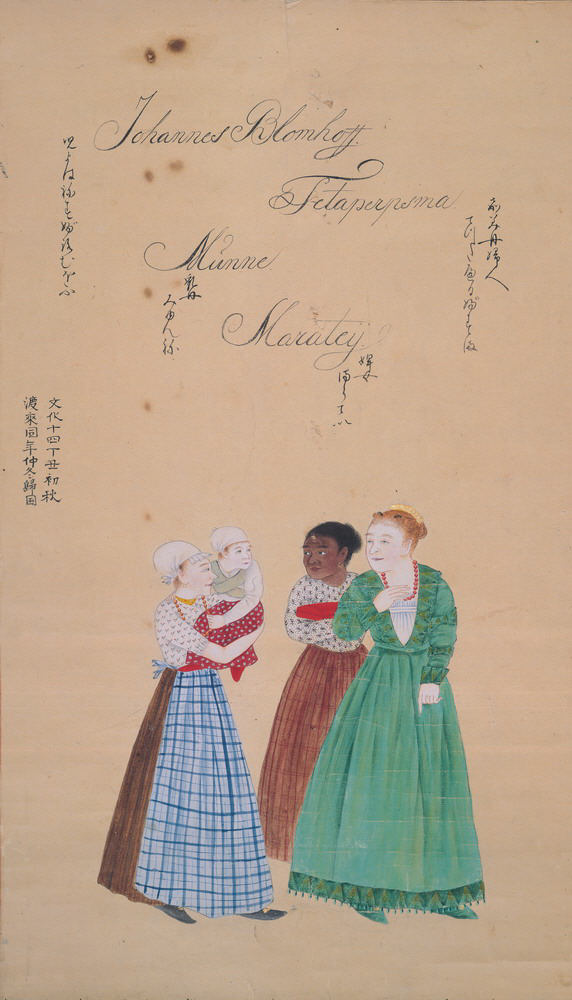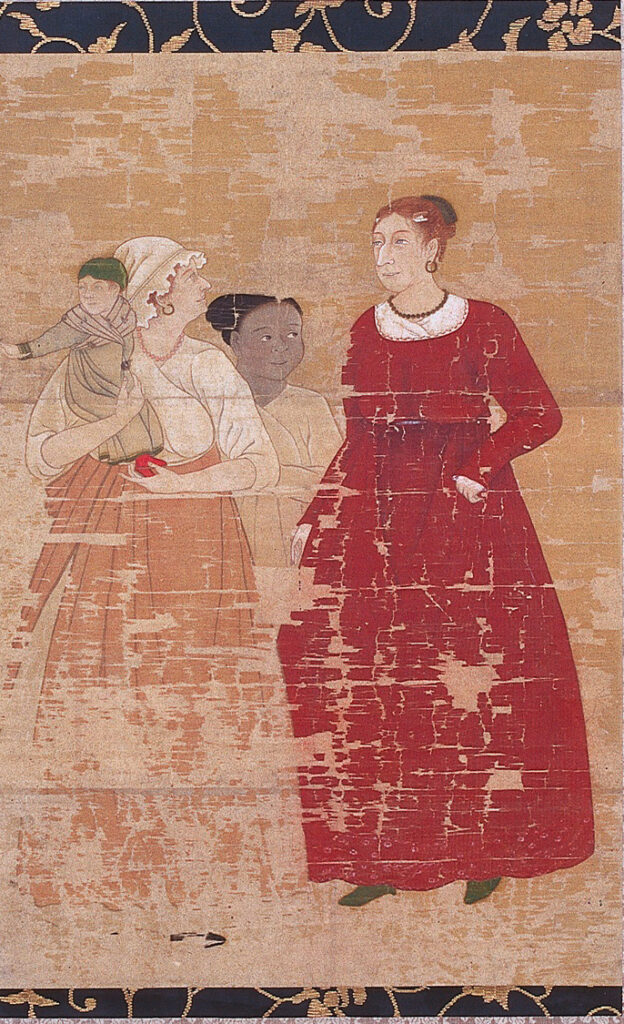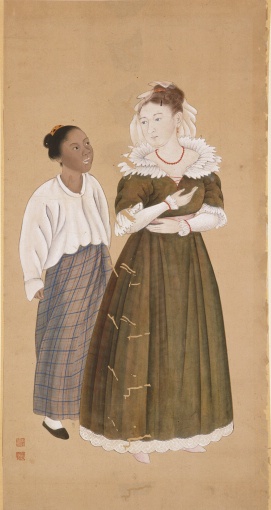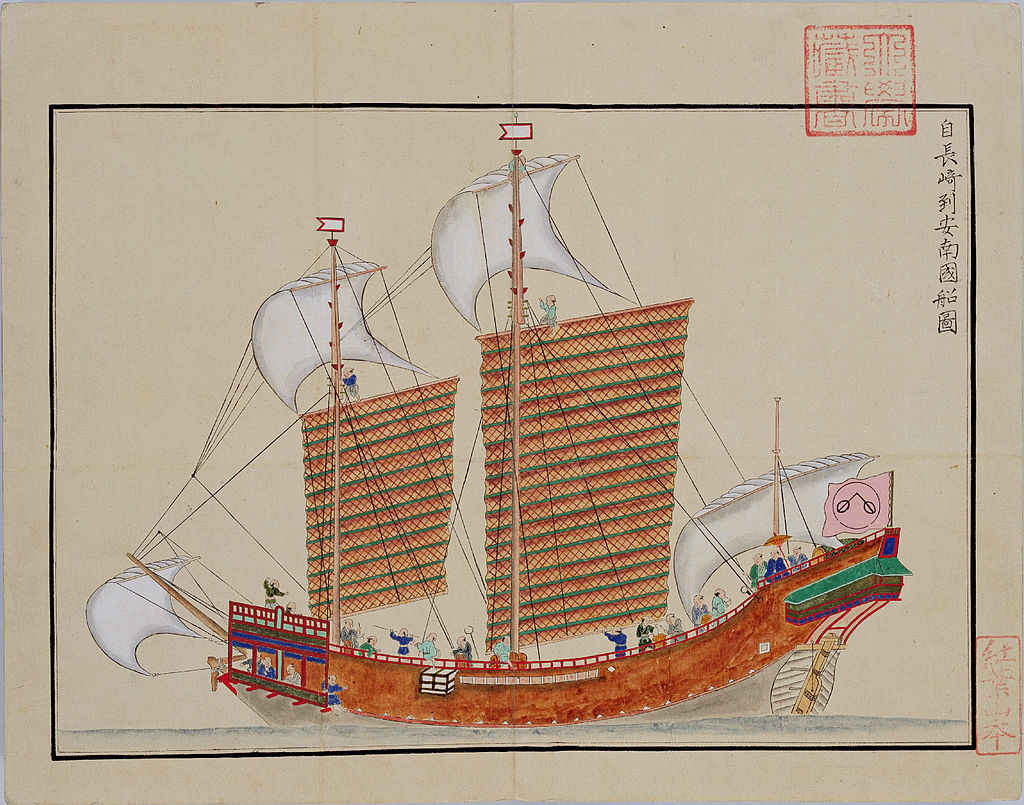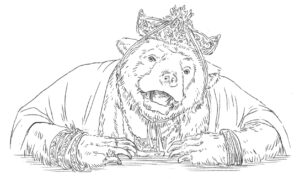Following up on depictions of Southeast Asia by other sources other than the West. Here are some Japanese prints I’ve found online.
For some context:
+ The Portuguese were the first Europeans to reach Japan in 1543, soon followed by the British/Dutch in 1600. Partly because of the evangelizing of the British and Portuguese, the Shogunate implemented a series of edicts called Sakuko, isolating Japan from the world for the next 220 years till around 1853.
+ In part because the Dutch weren’t interested in evangelizing, they (and the Chinese) were allowed to trade via Dejima, a small trading port in Nagasaki.
+ During this period, the Dutch has also forced it’s way into what is Indonesia now, trading at first but eventually started its colonization project, which would would explain the Javanese servants in the prints.
The illustrations come in a range of styles, but all depict Javanese (one referred as Balinese) in servitude to the Dutch, often holding parasols or handling some other item. They often have headwear and are more often than not, depicted with colourful patterned clothing.
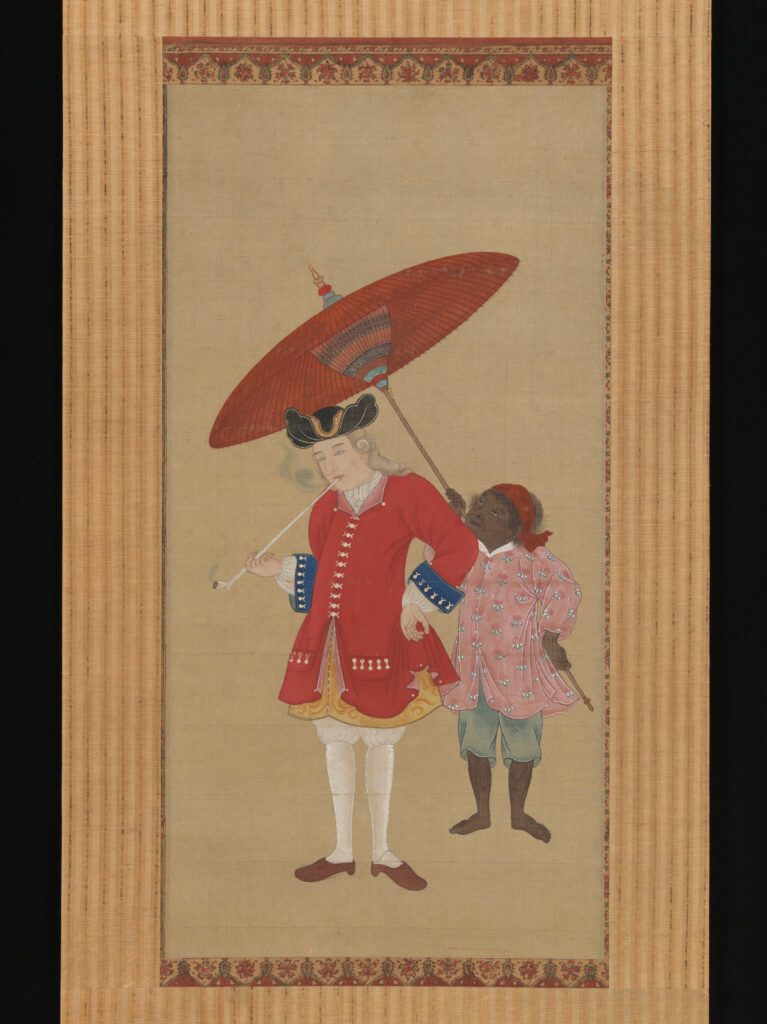
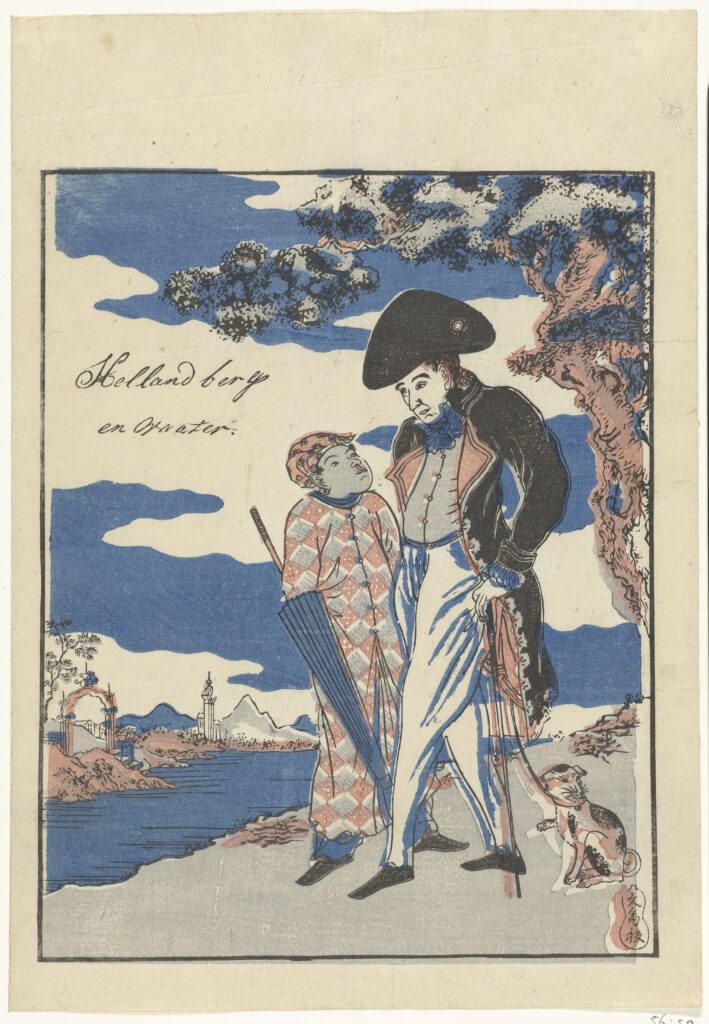
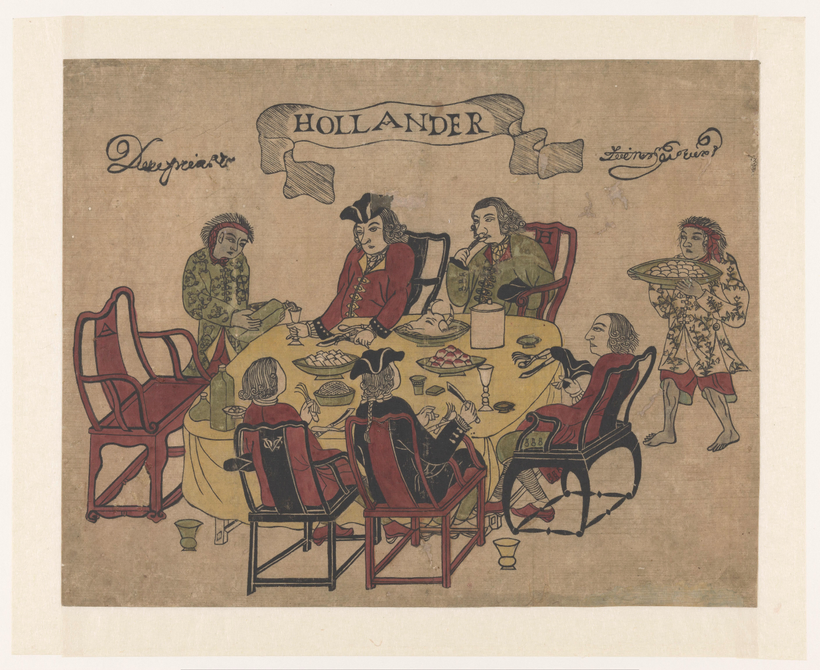
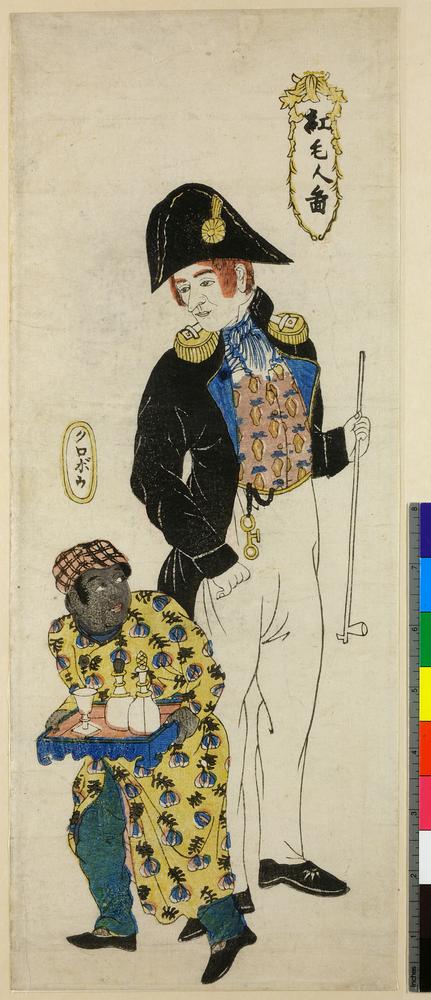
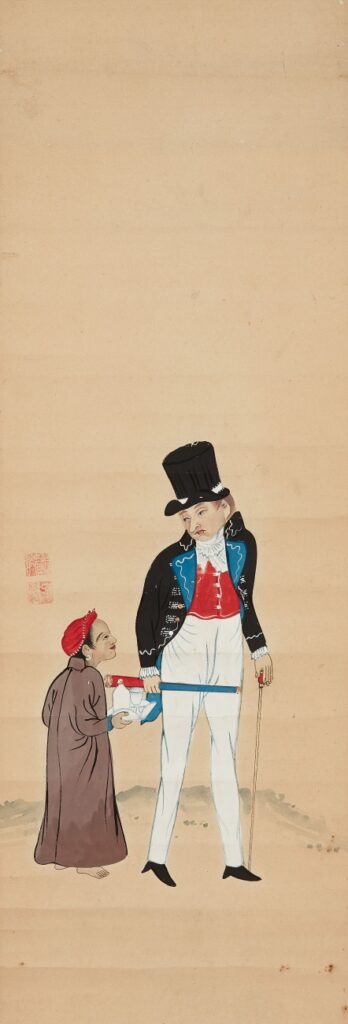




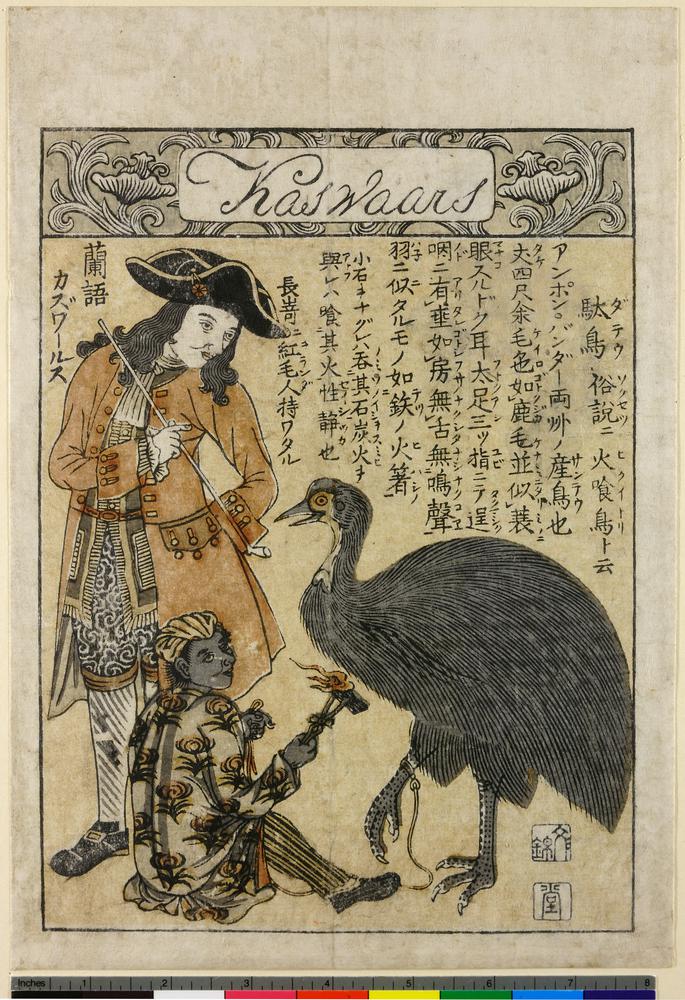
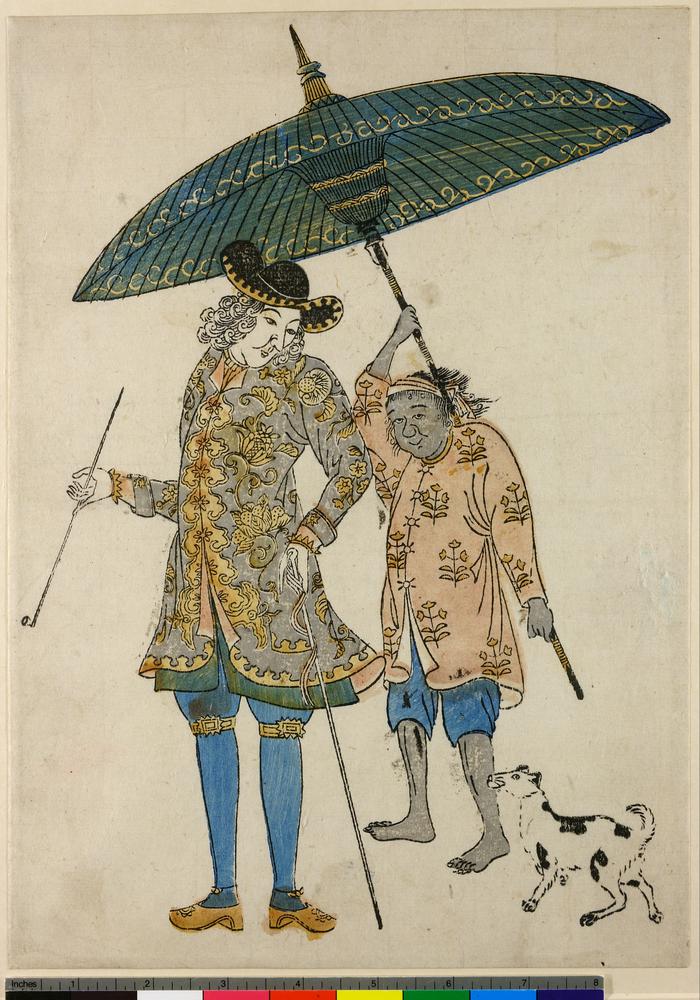
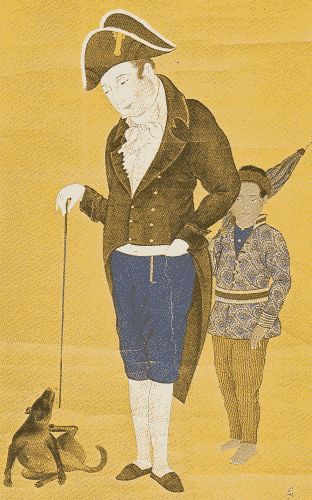
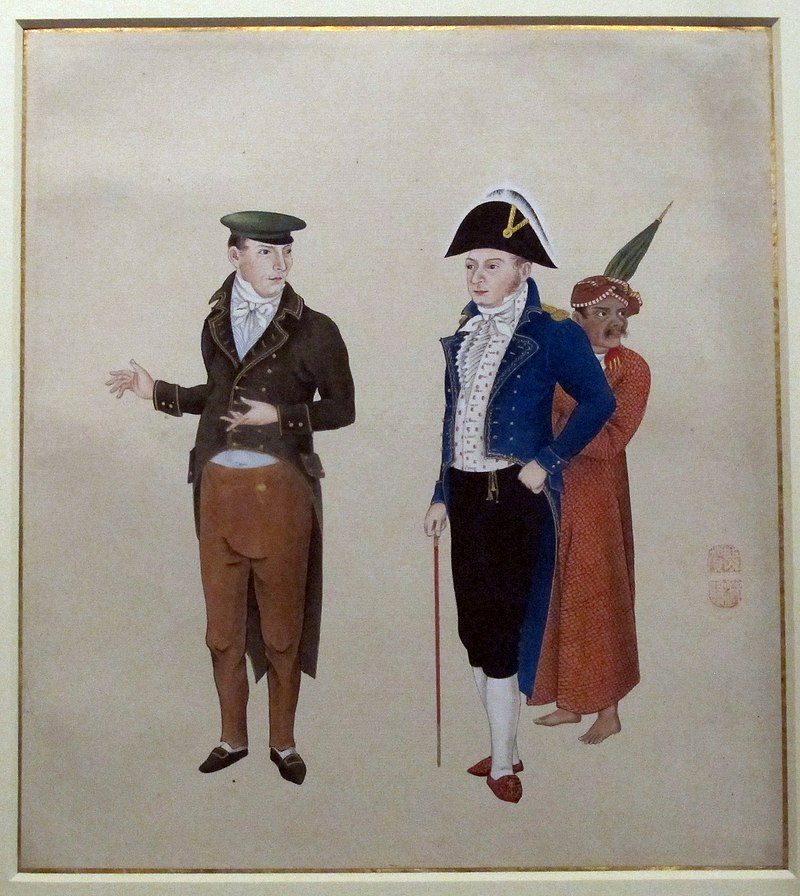

Titia Bergsma and her servant Petronella Muns was purportedly the first European women to enter Japan. Titia was the wife of then chief of Dejima trading port. However, foreign women weren’t allowed into Japan at that point and Titia had to leave Japan, staying only for 4 months. In that short period, she did however fascinate many artists and had many drawings and prints did of her.
She also apparently had 2 Javanese servants and they frequently were illustrated too.
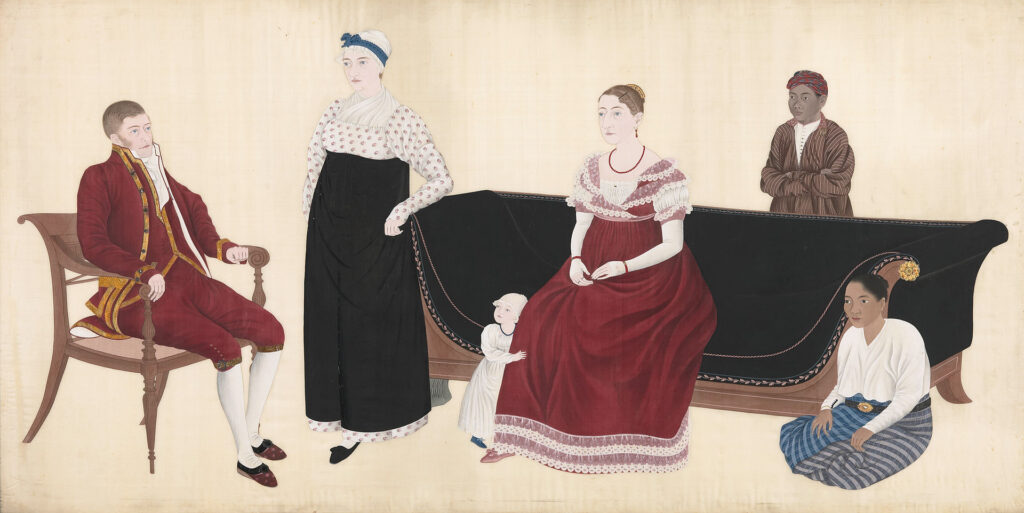
I’ve compiled all the images above available for download here: Japanese Depictions of SEA
Check out other posts with illustrations from books here.
Other Trivia
+ The interaction of the Japanese and the world(esp Southeast Asia) was not one sided, the Japanese did travel, pirate and traded widely in Asia. Red Seal ships traded regularly to Southeast Asia before the implementation of Sakuko.
+ Right before Japan’s isolationist policies, the period when the Portuguese freely traded in Japan was called the period of Nanban Trade, ironically Nanban meant “Southern Barbarians”, a term originally referring to Southeast Asians/South Asians before it shifted it’s meaning to the Europeans.
+++
Text By Munkao. This post was originally published October 8, 2019 on the A Thousand Thousand Islands Patreon.

